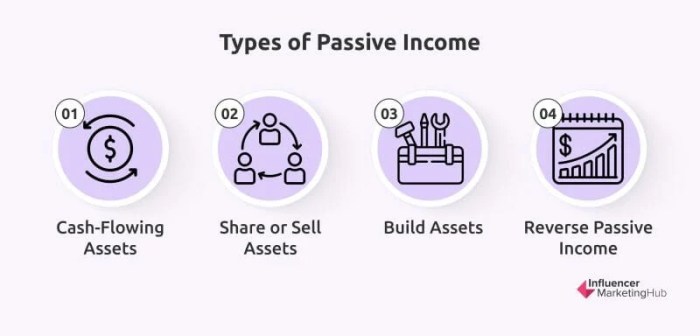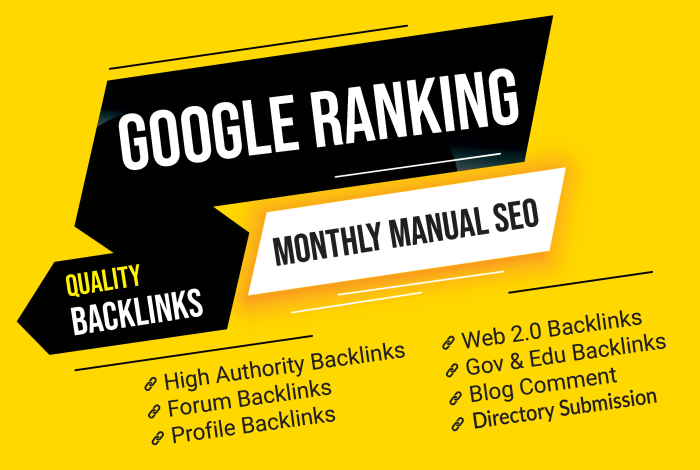Introduction to Investing in Gold and Silver
Investing in gold and silver is a popular choice for many investors looking to diversify their portfolios and protect their wealth. These precious metals have a long history of being used as a store of value and a hedge against inflation, making them attractive investment assets.
Importance of Diversifying an Investment Portfolio
Diversifying an investment portfolio is crucial to reduce risk and maximize returns. By spreading your investments across different asset classes, such as stocks, bonds, real estate, and precious metals like gold and silver, you can minimize the impact of market fluctuations on your overall portfolio.
- Diversification helps to balance the risk and return profile of your investments.
- Gold and silver often have a low correlation with other assets, providing a hedge against economic uncertainty.
- During times of market volatility or economic downturns, precious metals can act as a safe haven for investors.
Historical Significance of Gold and Silver as Investment Assets
Gold and silver have been valued for their beauty and rarity throughout history, serving as a form of currency and a store of wealth in various civilizations. The enduring appeal of these metals has made them a reliable investment choice for centuries.
Gold has maintained its value over time and is often seen as a “crisis commodity” that retains its purchasing power during times of economic instability.
Benefits of Investing in Precious Metals
Investing in gold and silver offers several benefits to investors seeking to diversify their portfolios and protect their wealth over the long term.
- Portfolio Diversification: Gold and silver can help reduce the overall risk of your investment portfolio by providing a counterbalance to traditional assets.
- Hedge Against Inflation: Precious metals have historically preserved wealth during periods of high inflation, making them a valuable inflation hedge.
- Liquidity: Gold and silver are highly liquid assets that can be easily bought and sold in global markets, providing investors with flexibility.
Understanding the Market for Gold and Silver
Investing in gold and silver requires a good grasp of the market factors that influence their prices. Geopolitical events, inflation, economic uncertainty, and demand play crucial roles in shaping the value of these precious metals.
Factors Influencing Gold and Silver Prices
The prices of gold and silver are influenced by various factors such as supply and demand dynamics, interest rates, currency movements, and overall market sentiment. These metals are considered safe-haven assets, so they tend to perform well during times of economic uncertainty or geopolitical tensions.
Geopolitical Events Impact
Geopolitical events, such as political instability, wars, and trade disputes, can significantly impact the demand for gold and silver. Investors often turn to these metals as a hedge against geopolitical risks, which can drive up their prices.
Role of Inflation and Economic Uncertainty
Inflation and economic uncertainty are key drivers that push investors towards gold and silver. During periods of high inflation or economic downturns, these metals are seen as stores of value that can protect investors’ wealth. The fear of currency devaluation or loss of purchasing power often leads to increased demand for gold and silver.
Ways to Invest in Gold and Silver
Investing in gold and silver can be done through various avenues, each with its own set of advantages and disadvantages. Let’s explore the different ways to invest in these precious metals.
Physical Gold and Silver vs. Paper Assets
Investors have the option to invest in physical gold and silver in the form of bullion, coins, or bars. On the other hand, paper assets such as Exchange-Traded Funds (ETFs) and mining stocks offer a more indirect exposure to the precious metals market.
- Physical Gold and Silver:Investing in physical gold and silver provides tangible assets that can be held directly by the investor. Bullion, coins, and bars are popular choices for those looking to own the metals physically.
- Paper Assets:ETFs and mining stocks offer a convenient way to invest in gold and silver without the need for physical storage. ETFs track the price of the metals, while mining stocks are shares of companies involved in the extraction and production of gold and silver.
Investing in Gold and Silver Mining Companies
Investing in gold and silver mining companies can be a lucrative option for those looking to capitalize on the potential growth of the industry. However, it also comes with its own set of risks and considerations.
- Pros:Investing in mining companies can offer leverage to the price of gold and silver. If the metals prices rise, the profitability of mining companies may increase significantly, leading to higher returns for investors.
- Cons:Mining stocks are subject to various risks, including operational challenges, regulatory issues, and geopolitical factors. Additionally, the performance of mining stocks may not always correlate directly with the price of gold and silver.
Investing in Gold and Silver through IRAs and Retirement Accounts
Investors can also choose to invest in gold and silver through Individual Retirement Accounts (IRAs) and other retirement accounts, providing a tax-advantaged way to hold precious metals in their portfolio.
It’s important to note that not all IRAs allow for the inclusion of physical gold and silver, so investors should carefully review their account options and consider working with a reputable custodian.
Storage and Security of Precious Metals

When it comes to investing in physical gold and silver, it is crucial to consider the storage and security of your precious metals. Here are some tips to help you protect your assets:
Safe Storage Options
There are several safe storage options available for your physical gold and silver:
- Home Safe: Investing in a high-quality home safe can provide convenient access to your precious metals while keeping them secure.
- Bank Safe Deposit Box: Renting a safe deposit box at a bank can offer an extra layer of security, especially if you have a large amount of gold and silver to store.
- Professional Storage Facility: Utilizing the services of a reputable storage facility specializing in precious metals can ensure maximum security and insurance coverage for your assets.
Importance of Insurance
Insurance is a crucial aspect of protecting your precious metal investments. Make sure to:
- Obtain Insurance Coverage: Insure your gold and silver against theft, loss, or damage to safeguard your financial investment.
- Verify Policy Details: Understand the coverage limits, deductibles, and exclusions of your insurance policy to ensure adequate protection for your assets.
Strategies for Protection
Implement these strategies to safeguard your gold and silver assets:
- Secure Location: Store your precious metals in a secure and discreet location to minimize the risk of theft.
- Documentation: Keep detailed records of your gold and silver holdings, including purchase receipts and certificates of authenticity.
- Security Systems: Install security systems such as alarms, cameras, and safes to deter potential thieves and protect your investments.
- Diversification: Consider diversifying your storage locations to spread out the risk and ensure the safety of your precious metals.
Risks and Challenges of Investing in Gold and Silver
Investing in gold and silver can offer a hedge against economic uncertainties, but it also comes with its own set of risks and challenges. It’s important to be aware of these potential pitfalls and have strategies in place to manage them effectively.
Identifying Risks in Precious Metal Investments
When investing in gold and silver, some of the key risks to consider include:
- Price Volatility: Precious metals can experience significant price fluctuations, which can affect the value of your investments.
- Market Liquidity: The ability to buy or sell gold and silver quickly without significantly impacting the market price can be a challenge, especially during times of economic uncertainty.
- Currency Fluctuations: Since gold and silver are priced in U.S. dollars, fluctuations in currency exchange rates can impact the value of your investments.
- Regulatory Risks: Changes in government regulations or policies regarding precious metals can also affect the market and your investments.
Strategies for Managing Risks in Gold and Silver Investments
To mitigate these risks, consider the following strategies:
- Diversification: Spread your investments across different asset classes to reduce the impact of price volatility in gold and silver.
- Research and Analysis: Stay informed about market trends, economic indicators, and geopolitical events that can impact the price of precious metals.
- Physical vs. Paper Investments: Decide whether to invest in physical gold and silver or through exchange-traded funds (ETFs) and other paper investments based on your risk tolerance and investment goals.
- Professional Advice: Consult with financial advisors or experts in precious metal investments to get personalized guidance on managing risks effectively.
Managing Market Volatility in Gold and Silver Holdings
Market volatility can have a significant impact on the value of your gold and silver holdings. To mitigate this risk, consider the following:
- Long-Term Perspective: Take a long-term view of your investments in gold and silver, focusing on their role as a store of value and hedge against inflation rather than short-term price fluctuations.
- Stop-Loss Orders: Implement stop-loss orders to automatically sell your gold and silver holdings if prices drop below a certain threshold, protecting your investments from further losses.
- Monitoring and Adjusting: Regularly monitor market conditions and adjust your investment strategy accordingly to minimize the impact of market volatility on your portfolio.
Final Review
In conclusion, the allure of gold and silver investments lies not only in their tangible value but also in their ability to withstand economic fluctuations and geopolitical uncertainties. Armed with the knowledge shared here, you’re well-equipped to embark on your investment journey with a solid foundation.
Expert Answers
How can I start investing in gold and silver?
To begin investing in gold and silver, you can consider purchasing physical bullion or opting for paper assets like ETFs that track the prices of these metals.
What are the risks of investing in gold and silver?
Some risks include market volatility, regulatory changes, and counterparty risks when dealing with certain investment options. It’s essential to diversify and stay informed to mitigate these risks.
Are there tax implications when investing in gold and silver?
Yes, there can be tax implications based on the type of investment and your country’s tax laws. It’s advisable to consult with a financial advisor or tax professional to understand the tax implications specific to your situation.
Can I include gold and silver investments in my retirement account?
Absolutely. You can invest in gold and silver through IRAs (Individual Retirement Accounts) or other retirement vehicles, offering a tax-advantaged way to build a diversified retirement portfolio.















